The best way to go about this would to setup an API to interact with the database on the server and your iPhone app just queries the API and returns the data in a machine readable format such as JSON, see http://en.wikipedia.org/wiki/JSON and http://json.org/. So for user login the server would return maybe something like:
{
"result": false,
"error": "Invalid username or password"
}
This would be generated by PHP with the following code:
echo json_encode(array(
"result" => false,
"error" => "Invalid username or password"
));
Also note that, you should use HTTP response codes in conjunction with this, eg 401 for unauthorised.
JSON can use boolean and other data structures within its format. Nearly all major languages have support/libraries for it.
The benefits of this is that it allows you to build other applications using the same API such as an android version or an actual website.
This SO question is a good starting point on the security of mobile applications:
Creating an API for mobile applications - Authentication and Authorization
The main points are make sure to use HTTPS. When sending over user credentials you could return a user token (api key) that can be used for future requests and stored within the iPhone app for future access.
Eg: https://iphoneapp.com/notifications.json?key=98fy92473r92hAAIYEFG397qbqwiuUEAF
Your key should be sent in a HTTP header or in the POST so it is not recorded in logs etc...
Note: This is just a random string typed on the keyboard.
This method allows you to delete/regenerate the key if it gets compromised. You can also set rate limiting on the keys and various other parameters.
Another huge benefit is by building an API that your own app uses means that it will be maintained to a high standard and other third party companies can also use the API (if you allow them).
Edit: Furthermore, lets say I needed to create an app login page... I
have a MySQL database with username and password (hashed obviously).
Would it be safe to use $_GET variables to see if they are
authenticated. Like for example:
https://somewebsite.com/checkauth.php?username=test&password=C3LyiJvTCQ14Q
You should send that sensitive data using POST instead, but any service has to login at some point. Using HTTPS should help the most as it prevents eavesdropping. After the first authentication you can return the token and reap the benefits mentioned above.
As for the user login as along as your PHP conforms to good practices you should have no issues. See http://www.phptherightway.com/ it will help a lot if you have questions.
Definitely research OAuth and utilize that if you can/want to.
This is just a starting point and is NOT meant to be used word for word, further reading and googling is required.


